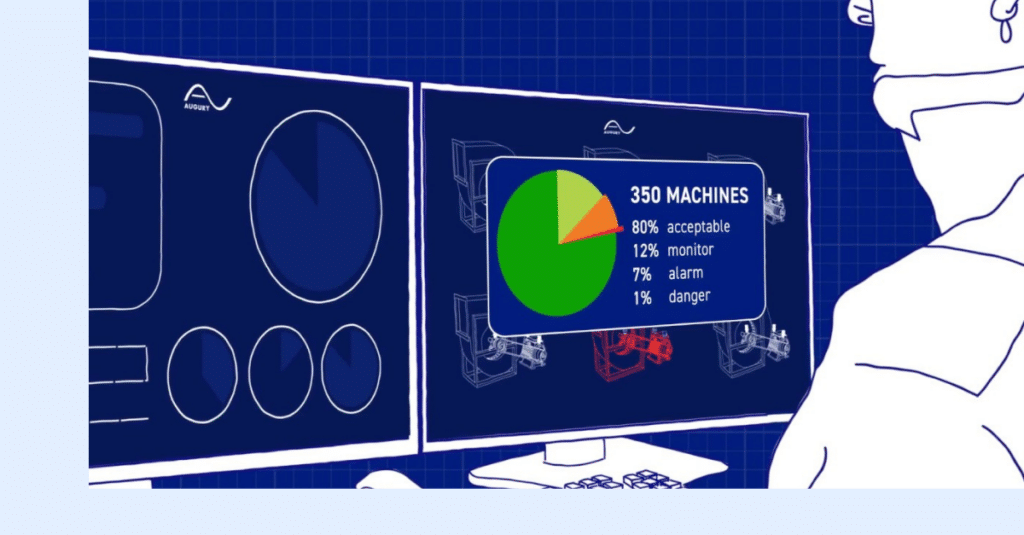
Vibration monitoring has become an essential technology across multiple industries, offering critical insights into machine health, operational efficiency, and worker safety. This comprehensive guide explores the vital role of a vibration monitoring system (VMS) and why they have become indispensable for modern manufacturing.
What is the Objective of Vibration Monitoring?
Vibration monitoring provides a proactive approach to equipment maintenance and performance optimization. Maintenance and reliability can detect potential issues before they escalate into costly failures by continuously analyzing the vibration patterns of machinery and mechanical systems. This predictive maintenance strategy allows you to:
- Identify early signs of mechanical wear and tear
- Prevent unexpected equipment breakdowns
- Reduce maintenance costs
- Extend the operational lifespan of critical assets
- Minimize production downtime
What are Vibration Monitors Used For?
Vibration monitors are used across manufacturing to monitor industrial machinery to ensure optimal performance and prevent unexpected failures. Such machines include:
- Motors
- Pumps
- Bearings
- Rotating equipment
In addition, vibration monitors are versatile tools used widely across numerous (related) industries and applications, including automotive, aerospace, construction, and energy sectors.
Read the ‘Life of a Vibration Analyst’ series:
‘Aiming to Be Obsolete: Behind the Scenes with Augury’s Manager of Reliability Operations’
‘Bringing The Factory Home: A Day In The Life Of A Vibration Analyst’
‘A Trade Transformed: 20 Years Of Vibration Analysis’
‘A Fitbit For Machines: With Vibration Analysis, The Goal Is To Extend Life’
What is the Purpose of a Vibration Sensor?
As the fundamental data collection points, sensors form the core of a vibration monitoring system. It can:
- Capture detailed vibration frequency and amplitude data
- Convert mechanical movement into electrical signals
- Provide real-time insights into equipment condition
- Detect anomalies that might indicate potential mechanical issues
- Enable predictive maintenance strategies
- Take in more than vibration data for deeper insights, such as temperature and magnetic flux
Read: ‘How AI-Driven Vibration Analysis Enables Higher-Value Maintenance Work’
What Are The Benefits of Vibration Monitoring?
The benefits of implementing a robust vibration monitoring system are extensive and far-reaching:
- Cost Savings: By detecting potential issues early, you can avoid expensive emergency repairs and unplanned downtime.
- Improved Safety: Identifying mechanical problems before they become critical reduces the risk of equipment failure and potential workplace accidents.
- Enhanced Efficiency: You can optimize maintenance scheduling and improve overall equipment effectiveness (OEE).
- Data-Driven Decision Making: Use actionable insights for maintenance and operational strategies.
Conclusion: It’s All Good Vibrations
With vibration monitoring systems, you can optimize performance, ensure safety, and maximize operational efficiency. By investing in advanced solutions, transforming your maintenance strategies, protecting your workforce, driving sustainable growth is possible.
And as technology gets stronger and demands increase, monitoring will become an even more sophisticated and important tool for predictive maintenance and operational excellence.
Read: ‘Finally… The World’s First Edge-AI Native Machine Health Sensing Platform’.
Or reach out and contact us.




